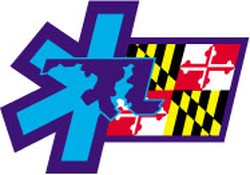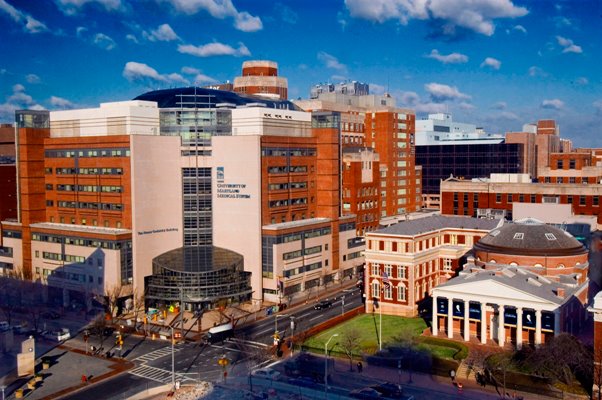
.jpg)

The Section offers several educational experiences in emergency medical services including a medical student elective and a curriculum for emergency medicine residents. Explore the website to learn more about the clinical sites affiliated with the Department of Emergency Medicine.
A sample curriculum in disaster medicine is also hosted on the webpage.
________________________________________________________________________________________________________________________________
Overview of Emergency Medical Services
Scope and Mission
Emergency medical services (EMS) rests at the intersection of public health and emergency medicine. Its breadth encompasses patients from all age groups, social strata, and geographic regions. The practice of EMS medicine is predicated upon an understanding of trends in resuscitation research, disaster medicine, and out of hospital care. EMS physicians work with fire departments, local governments, and hospitals to ensure that patients in need of assistance are transported safely and efficiently to definitive care. STEMI systems, trauma networks, and remotely located hospitals routinely depend upon the coordinated efforts of prehospital physicians, administrators, and other professionals. Given its "systematic" approach to illness and injury, EMS is well positioned to deal with mass casaulty events, mass gatherings, and disaster preperation. Triage and other elements of the National Incident Management System (NIMS) are embedded into the daily practice of prehospital medicine. One of the most clear cut functions of EMS is to provide immediate, stabilizing assistance to ill and injured patients. There are multiple types of prehospital providers that care for the ill and injured patients in our communities. The National Scope of Practice Model published by the National Highway Traffic Safety Administration (NHTSA) defines and describes the various levels of provider. However, the National Scope of Practice Model serves as a guide to the State EMS agencies, as it is ultimately the responsiblity of the States to determine which providers will be providing care, what the required level of training will be, and what the scope of practice will be for each type of provider. Listed below are the nationally-recognized types of EMS providers.
Emergency Medical Responder (EMR)
This professional possesses basic knowledge of patient assessment and first aid practices. EMRs are able to address life threatening hemorrhage and are trained in cardiopulmonary resuscitation. EMR training is commonly conducted at law enforcement and fire academies.
Emergency Medical Technician (EMT)
The EMT is the first level of certification and training that is found upon american ambulances. Formerly known as EMT-Basic (or Basic EMTs), they are skilled in oxygen administration, use of AEDs, and may assist patients with their own prescribed medication in addition to possessing the skills of the emergency medical responder. EMTs can administer other life-saving medications such as epinephrine and are trained in basic principles of incident management and vehicle extrication.
Advanced Emergency Medical Technician (AEMT)
The AEMT possesses all of the skills and training of the EMT. In addition to the EMT scope of practice, AEMTs may insert laryngeal / supraglottic airways, initiate and administer certain intraveous fluids, and can provide cardioversion and defibrillation to victims of dysrhythmia. AEMTs have additional education in disease physiology and are often considered "advanced life support" providers. AEMTs were previously called EMT-Advanced or EMT-Intermediate.
Paramedic
The Paramedic possesses an in-depth understanding of anatomy and physiology and requires increased education requirements compared to the EMT and AEMT levels. The paramedic typically completes an accredited program consisting of four semesters of college-level education. Paramedics can insert advanced airways, administer intravenous and intraosseous medications, and perform advanced patient assesments. Paramedics have previusly been called EMT-P.
Specialty Transport Providers
Speicalty transport/care providers are not specifically discussed in the National Scope of Practice and there is no specific requirement on what constitutes a specialty care provider. Each state may define a speciatly care provider and their scope of practice in a different way, therefore, it is imperative that the specific state guideliens and requirements are carefully reviewed prior to utilizing these caregivers. Examples of these providers are: critical care paramedics with additional education who are authorized to perform life saving treatments such as rapid sequence intubation; critical care nurses are able to administer blood products and administer treatments outside of the usual scope of practice. State agencies regulate the scope of prehospital provider practice. Maryland currently designated a "Specialty Care Transport" paramedic provider which incorporates specific treatments and medications outside of the usual advanced life support protocols.